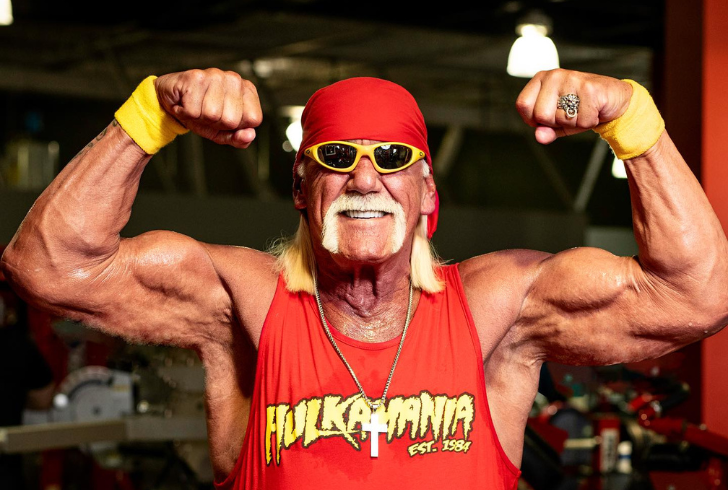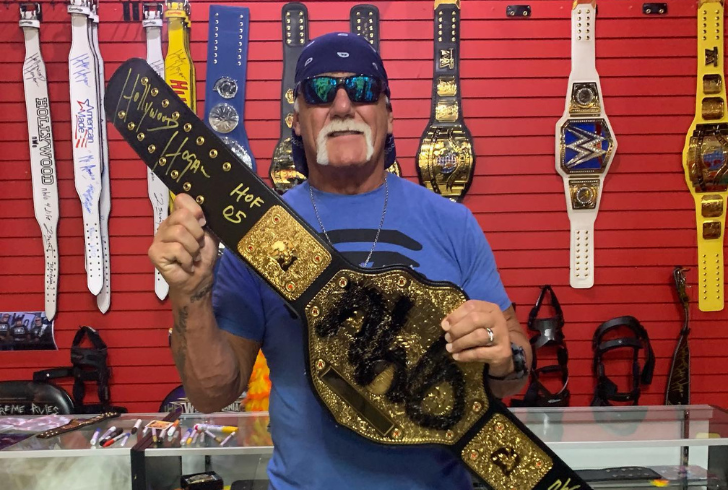The paperwork out of Pinellas County reads clean and blunt: acute myocardial infarction. Doctors would call it a heart attack; fans will call it the end of an era. That wasn’t the whole story, though. Buried in the records was a quieter companion—chronic lymphocytic leukemia—the sort of diagnosis that wrestlers rarely parade in public. Pair that with a long-standing case of atrial fibrillation, and Hogan was carrying a much heavier load than the fans who saw him smile for photos or sign autographs ever realized.
Cardiac arrest may sound sudden, but with that combination, his passing wasn’t as abrupt as the headline made it seem. The body that once bench-pressed 500 pounds had been fighting a private, slower battle for years.
The Man Behind the Hulk
The thing about Terry Gene Bollea is that he didn’t just invent a character—he built a global atmosphere. In the early 1980s, kids weren’t simply “watching wrestling” but pledging allegiance to Hulkamania. He strutted into packed arenas with the red and yellow, cupping his hand to the crowd, and made grown men scream like teenagers.

He was far from perfect outside the ring, but Hogan was a master of scale: stadiums, storylines, even his handlebar moustache. Six WWE Championships later, he was not only a fixture in wrestling but a pop-culture bridge into mainstream America—cameos in Rocky III, Saturday morning cartoons, even the awkward family comedies that still linger on cable at odd hours.
He retired in 2012, but the shadow of his presence never left. And for the millions of Hulkamaniacs, the childhood memory isn’t just of a man flexing—it’s of a room full of people who all believed the same myth at once.
Unpacking Hogan’s Health Conditions
Atrial Fibrillation
Wrestlers are used to hearing the word “irregular” about their careers, not their heartbeats. In Hogan’s case, atrial fibrillation meant his heart never kept a perfect rhythm. AFib doesn’t always announce itself—sometimes it’s just fatigue, sometimes it’s nothing you’d notice until a physician points it out on a chart. But over time, it reshapes the odds—strokes, clots, and a heart more vulnerable than his public image ever suggested.
This wasn’t a condition you can power through by sheer will, though Hogan surely tried. If anything, it underscores how fragile the machine was beneath the muscle.
The Role of Leukemia
CLL, on the other hand, is the kind of illness that creeps in quietly. It lingers in the bone marrow, producing an army of white blood cells that don’t know when to quit. Unlike acute forms of leukemia, CLL can smolder for years, demanding constant management rather than immediate surrender.
For someone like Hogan—whose very identity was built on strength—it’s telling that he chose not to make it public. Leukemia rarely makes front-page news unless a celebrity attaches their name to it, and Hogan preferred the roar of the crowd to sympathy. The combination of CLL and AFib stacked the odds against him, a one-two punch no opponent in the ring could match.

Hulk Hogan’s Life in Florida
Clearwater wasn’t just Hogan’s home—it was his stage away from the arena. Locals spotted him on the beach, at his memorabilia shop, and occasionally cruising the causeways in cars that looked like they’d been lifted straight from a pay-per-view entrance. Before that, he bounced around Tampa, Miami, even Cocoa Beach, where he once ran a bar out of necessity rather than ambition.
Florida suited him. Sunshine, space, and the kind of laid-back celebrity culture where you could run into Hulk Hogan buying groceries, and people barely blinked. For someone who lived most of his life in spotlights, that balance mattered.
Legacy Rooted in Strength and Struggle
Hulk Hogan’s death is a reminder that even icons who seemed indestructible carry quiet burdens. He built his empire on biceps and bravado, but behind it were heart rhythms skipping beats and blood cells multiplying the wrong way.
The legacy is complicated—part superhero, part flawed man, part businessman always chasing the next venture—but it’s enduring. Fans will replay the bodyslams, imitate the cupped-ear gesture, and remember the feeling of believing in something larger than life. That’s the magic of Hogan: even as his body faltered, the myth never did.




